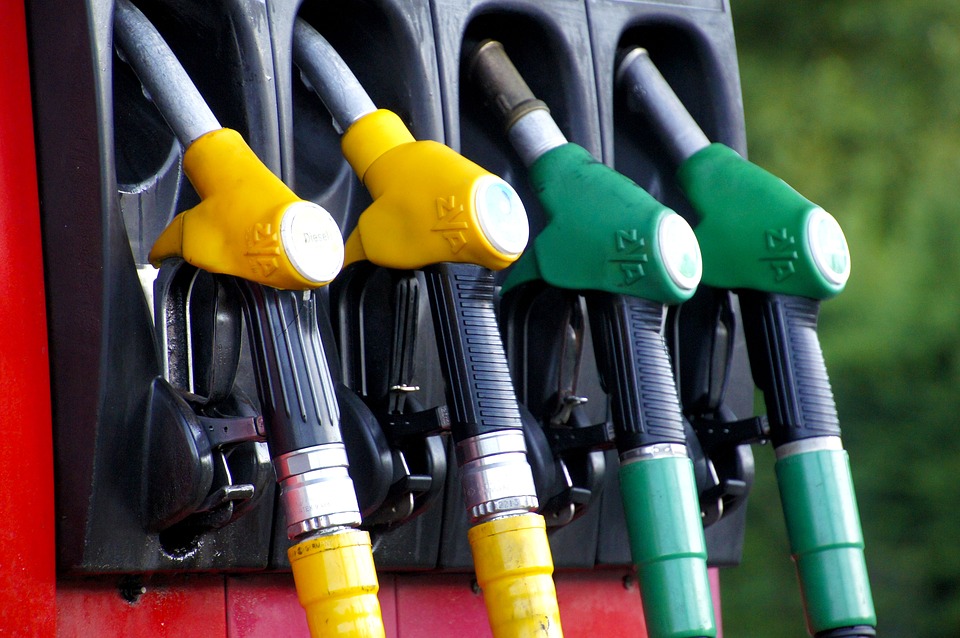Need help? We're here!
(888) 312-8812 Login Signup7 Fuel-Saving Tips For Truck Drivers
December 21, 2020

December 21, 2020

Image Source: Pixabay
Professional truck drivers can only estimate so much on the expenses for running their rigs. But regardless of what type of vehicle you drive, studies show that an estimated 30% of operating costs go to fuel expenses. In the U.S. alone, the trucking industry burns through some 38 billion gallons of diesel per year. So it makes good sense from a business standpoint (as well as for the environment) to reduce fuel consumption.
While some major factors affecting fuel consumption are outside the driver's control, there are still several steps professional drivers can take to bring the costs down. It's also helpful to understand what these effects are and use them to measure your MPG and set a benchmark.
The following are seven simple ways you can follow to help reduce fuel consumption. Regardless of what vehicle you drive, how congested the roads are, or what the weather's like today, these steps can help make your ride more efficient.
Maintaining the tires at optimum pressure is a fast yet effective way to make your vehicle more fuel-efficient. You may also consider fitting your vehicle with low rolling resistance tires, which are designed to reduce energy loss while moving. These tires have been reported to improve fuel economy by up to 6% on linehaul applications, although this comes at the cost of being more susceptible to wear as this is common with this type of tires.
As a rule of thumb, make sure to fill up your tank just under the neck. We also recommend checking the tank seals if they're in good condition. A cracked or damaged seal will cause fuel to evaporate as it sloshes around. If left unchecked, you can easily lose a liter a day in hot weather.
Take advantage of your truck's seating position and gauge the road ahead for at least 10 to 12 seconds to see any upcoming traffic and slow down as necessary. If there are traffic lights in the distance, check if they are red or green. Adjust your speed accordingly so that you arrive at the lights while they're green and you can maintain your momentum.
If you really have to brake, consider using the exhaust brake instead. When the exhaust brake is applied, fuel delivery to the combustion chamber is cut off. The vehicle is left with only its own momentum to move forward, so no fuel is spent in the process. In addition, using the exhaust brake instead of the foot brake also eliminates the strain of the brake lining, extending its lifespan in the process.
The more surfaces in your vehicle that drag's going to push up against, the more effort and fuel it's going to take to overcome it. But while there is only so much we can do to change your vehicle's shape, there are some ways in which you can make it more streamlined. If your trailer is taller than your tractor, for example, consider installing a sun visor, a deep angled bumper, or even a roof-mounted cab deflector. Side fairings can also be used to channel air down the trailer's side, reducing turbulence and making the entire vehicle more aerodynamic.
There are many other ways that you can help save fuel on the road, but regular general maintenance and increased awareness can go a long way in making your ride more fuel-efficient. And if you need new parts for your truck, be sure to check out FindiParts. We offer great deals on replacement parts and accessories to make your vehicle run smoother and save money in the long run.